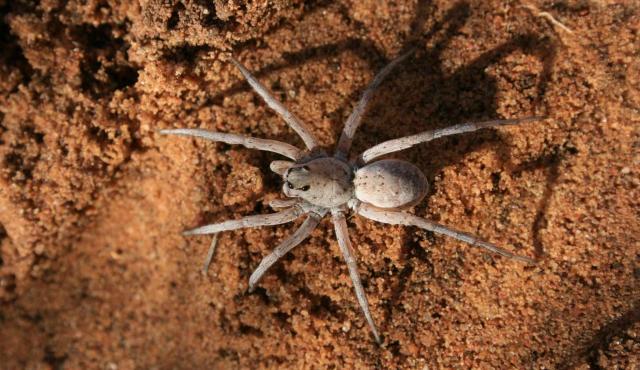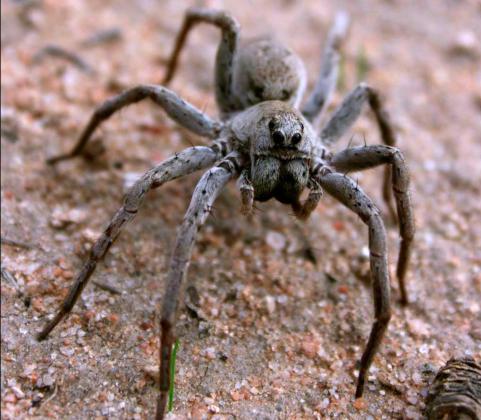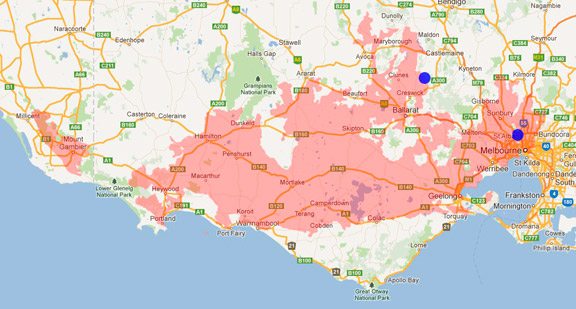A range of teacher professional learning programs will be developed to accompany the Biodiversity of the Western Volcanic Plains online outreach...


Wolf Spider
Lycosa sp.
Ground dwelling hunters. Males are attracted by scent markings left by the female. The female carries her egg sac underneath her abdomen until the spiderlings hatch. May live for up to two years.
| Details | Description |
| Type | Invertebrate |
| Group | Arachnid - Spider |
| Identifying Characteristics | |
| Distinctive Markings | The sides of the jaw may have a small raised orange spot. |
| Diet | Carnivore. Eats arthropods. Two species are known to eat frogs and small toads. |
| Habitat | Lives in leaf litter or burrows. Habitat ranges from dry, inland shrubland and woodland to wet, coastal forests and alpine meadows. Common in suburban gardens. |
| Native Status | Native to Australia |
| Bites/Sting | Minor symptoms when bitten. Mainly local pain and itchiness. Less common symptoms are swelling, dizziness and nausea. |
| Taxonomy | |
| Phylum | Arthropoda |
| Class | Arachnida |
| Order | Araneae |
| Family | Lycosidae |
| Genus | Lycosa |
| Species | sp. |

Distribution maps indicate current and historic locations where species have been sighted.
Source: Atlas of Living Australia
| Conservation Status | |
| DEPI Advisory List | Not listed |
| FFG Act | Not listed |
| EPBC Act | Not listed |
The conservation status of species is listed within Victoria and Australia.
The Department of Environment and Primary Industry (DEPI) Advisory List consists of non-statutory advisory lists of rare or threatened flora and fauna within Victoria.
The Flora and Fauna Guarantee Act 1988 (FFG Act) lists threatened species in Victoria. Under the Act, an Action Statement is produced for each listed species.
The Environment Protection and Biodiversity Conservation Act 1999 (EPBC Act) is the Australian Government’s key piece of environmental legislation, listing nationally threatened native species and ecological communities.



